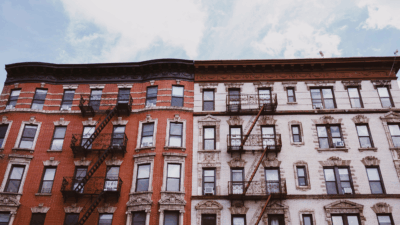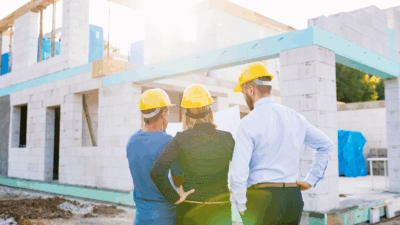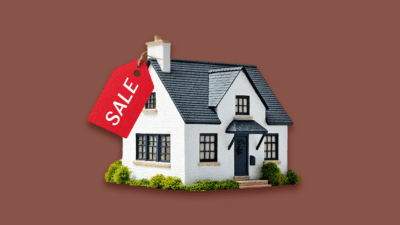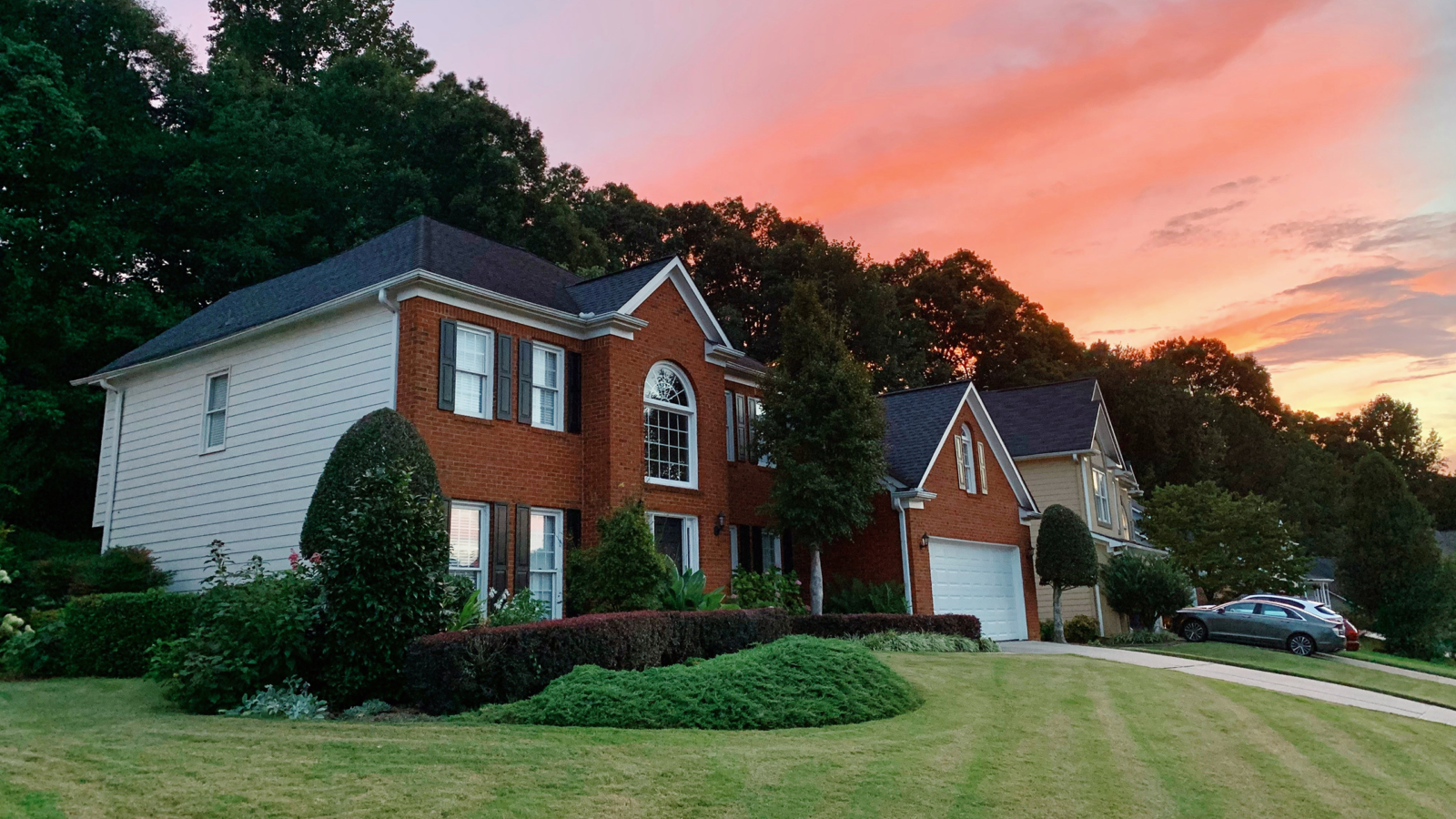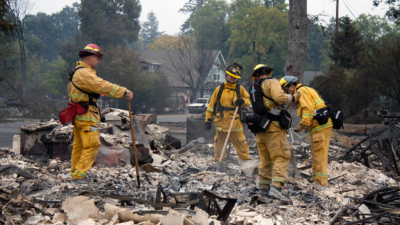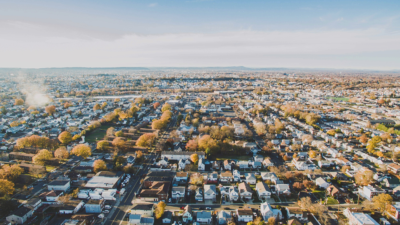Florida Developers Still See Building Wooden Homes as a Good Idea
All along Florida’s waterfront, developers are continuing to build cheaper wood-frame homes and apartments, The Wall Street Journal reported.

Sign up for smart news, insights, and analysis on the biggest financial stories of the day.
Sounds like somebody never finished The Three Little Pigs.
All along Florida’s waterfront, an area prone to tropical storms with winds that can reach 160 miles per hour, developers are continuing to build cheaper wood-frame homes and apartments, The Wall Street Journal reported.
There’s a Storm a’Coming
Even if the world phases out fossil fuels and miraculously reaches net-zero emissions by 2050, reversing climate change will still take some time, which means you might want to think about how to withstand Mother Nature’s growing onslaught of hurricanes, tsunamis, and superstorms.
For the most part, Florida’s homes and buildings are built with concrete and other structurally sound materials. It’s been that way since Hurricane Andrew destroyed more than 25,000 homes in 1992. But despite the growing size and frequency of superstorms, there’s been a slight resurgence in wood-frame homes on the Sunshine State’s coastline. Why? Because it’s a cheaper way to keep up with demand, with more than a million people moving there last year:
- Insurance premiums for wood frames is understandably expensive, but the low price of materials and labor often make up for it. Roughly 1,700 apartment buildings, or 8% of the state’s inventory, are made of wood-frame construction, and currently 13 buildings with wood frames and more than 3,700 units are under construction, the WSJ reported.
- In addition to Jacksonville, they’re popping up in places like Tampa, and Fort Myers Beach in southwest Florida, where last year Hurricane Ian destroyed 5,000 homes and resulted in the deaths of nearly 150 people.
Timber!: Wood frames are sturdier than they once were — new building codes require hurricane-proof windows and stronger connections between wooden planks — but many engineers and architects are still wary. “If you connect it properly, it is strong,” Anne Cope of Insurance Institute for Business and Home Safety told the WSJ. “If you don’t, it’s simply a house of cards.” That’s one hand you might not want to play.

